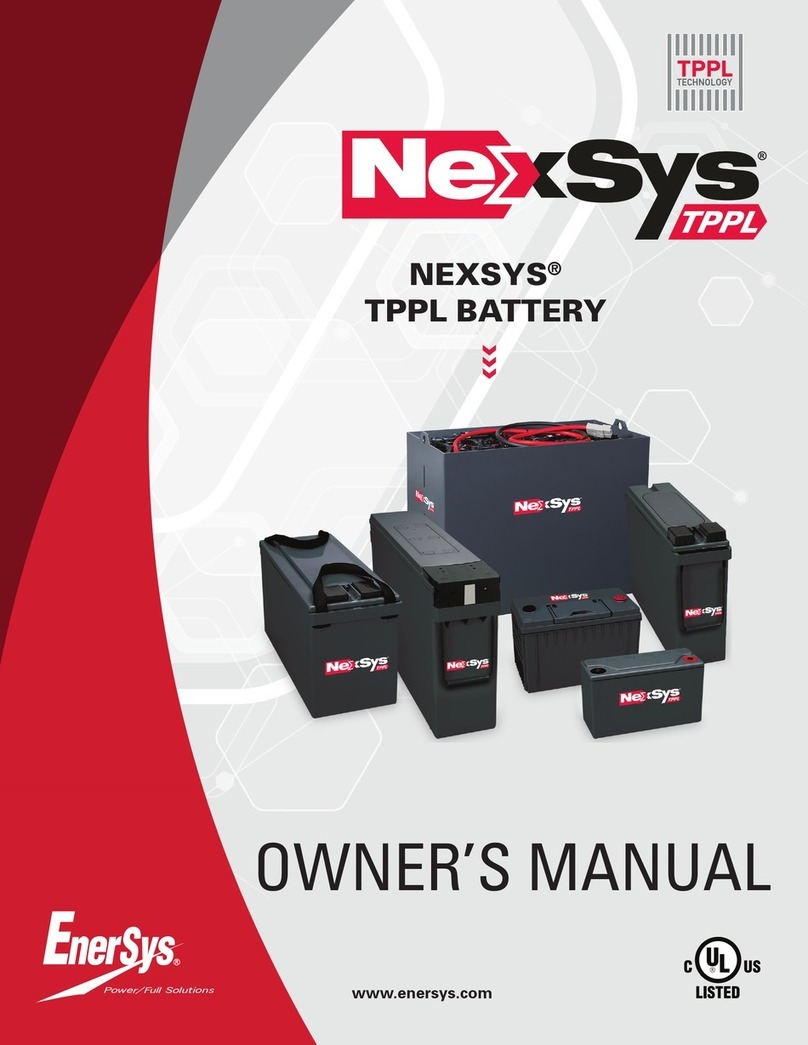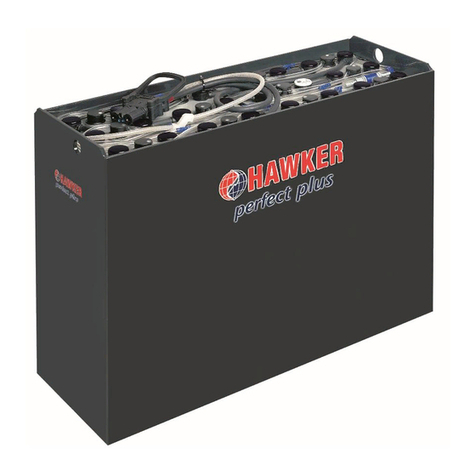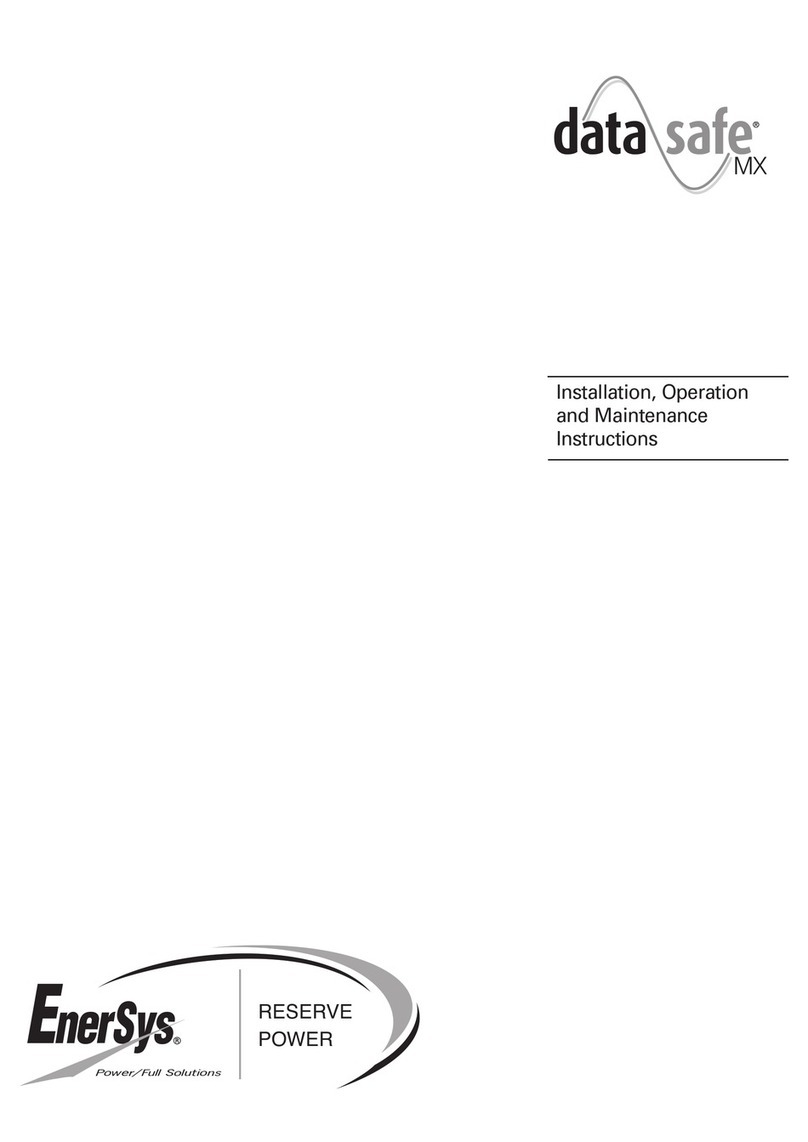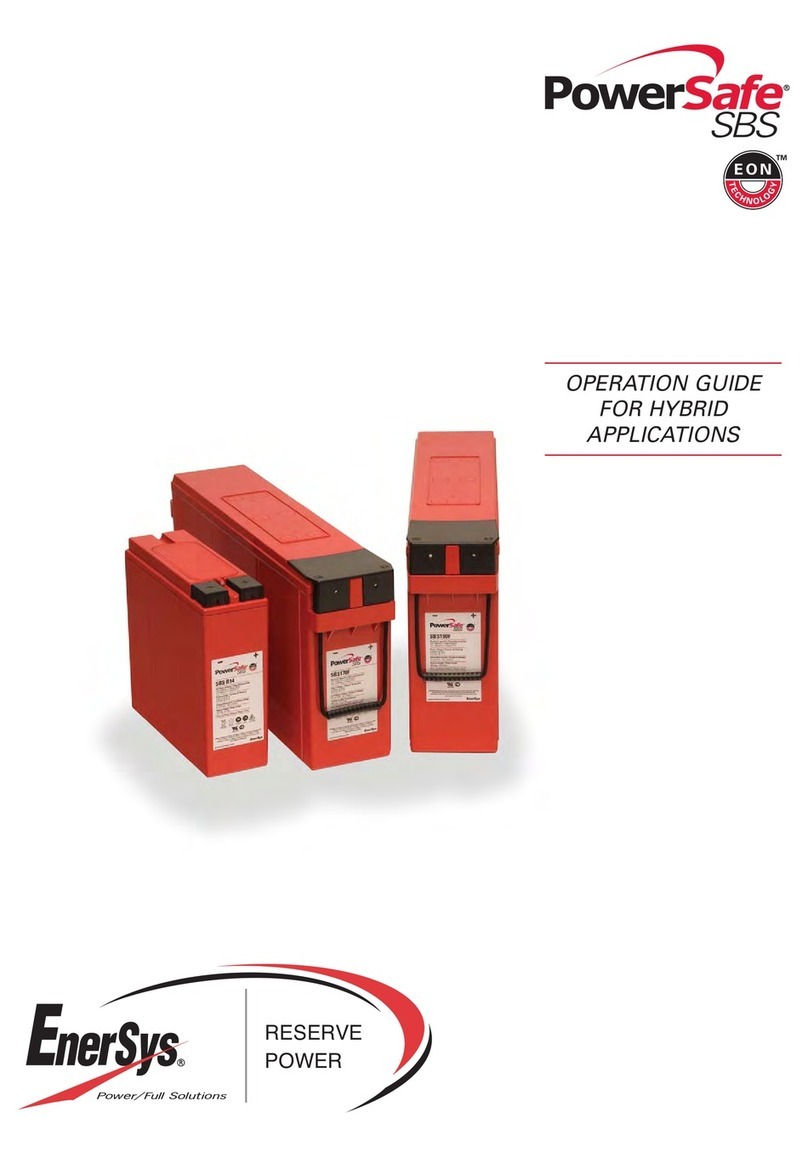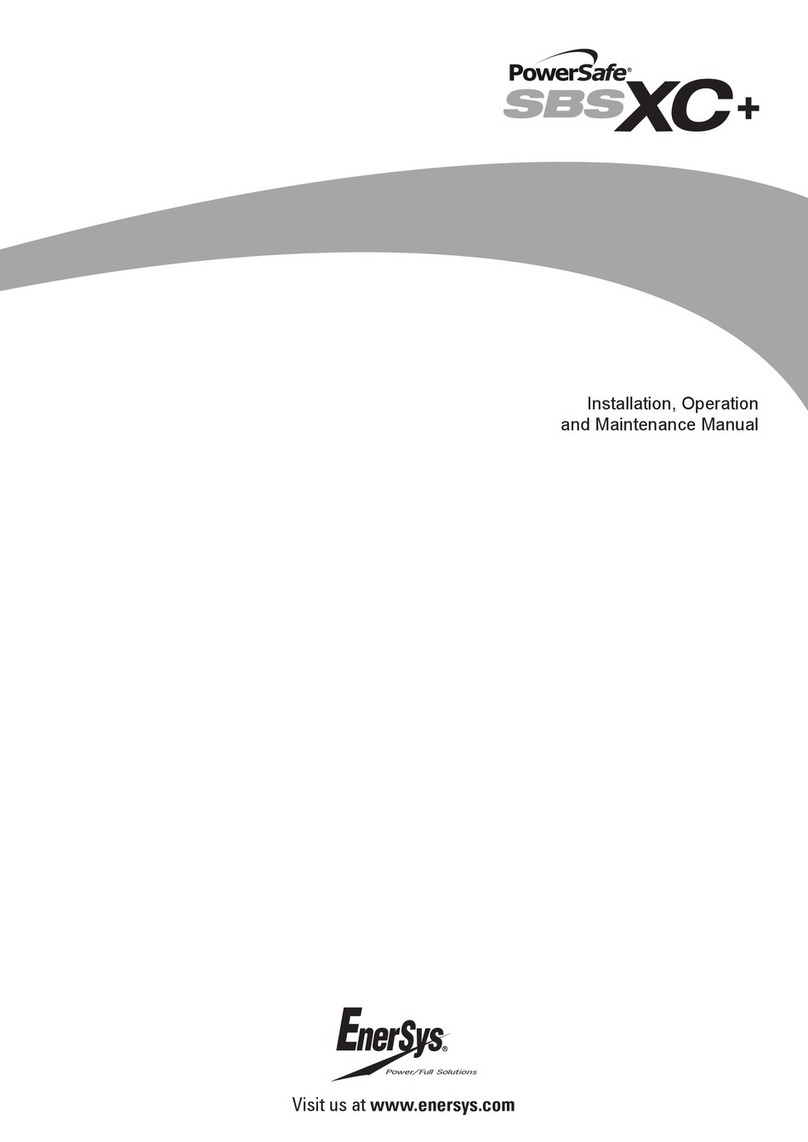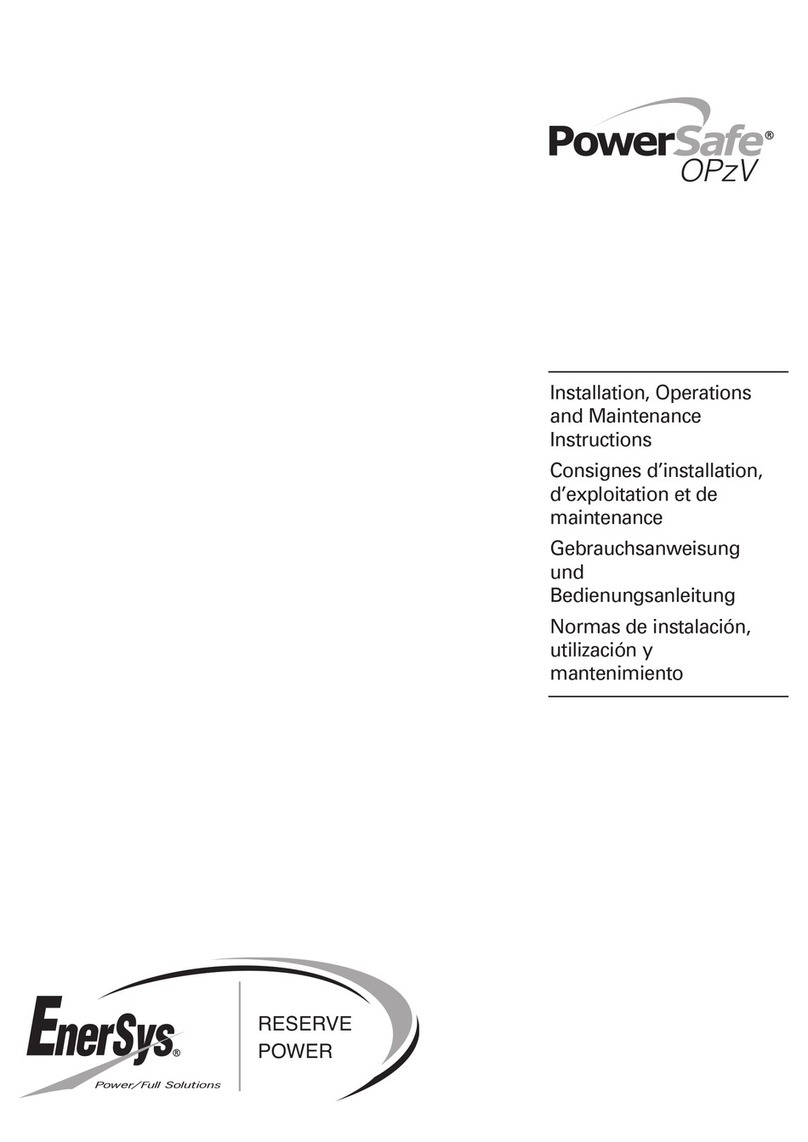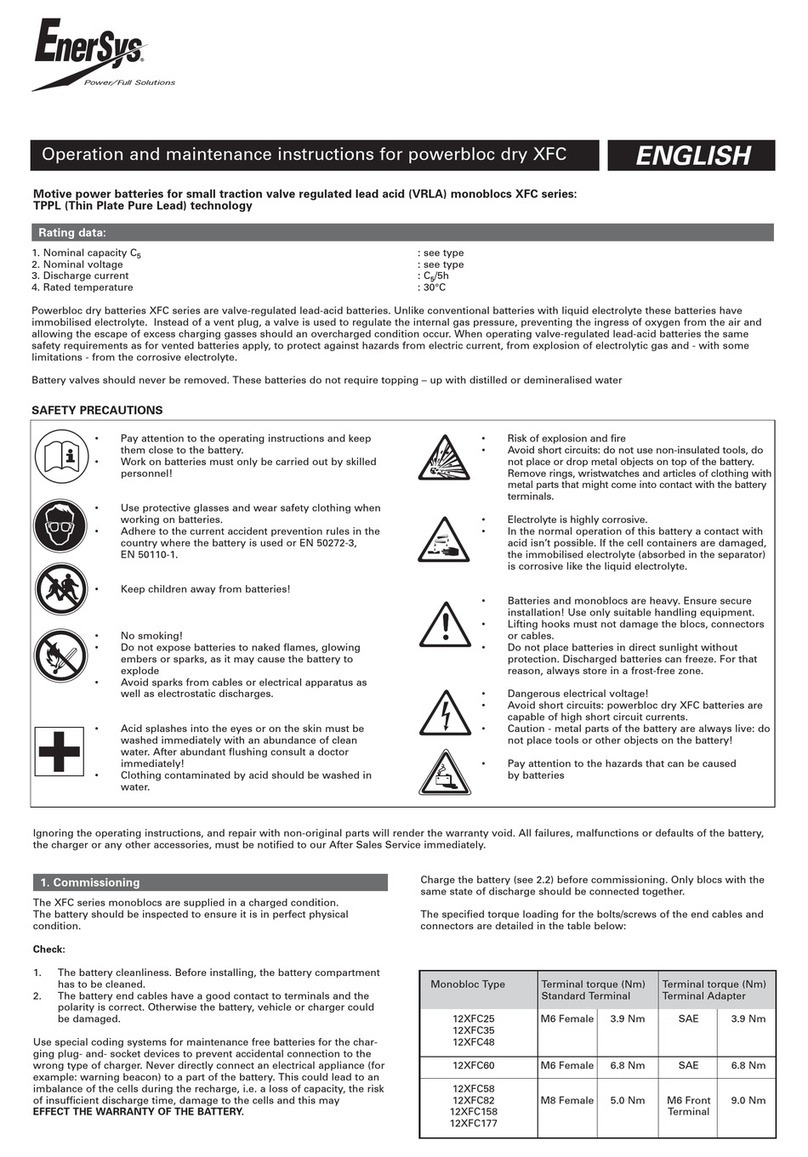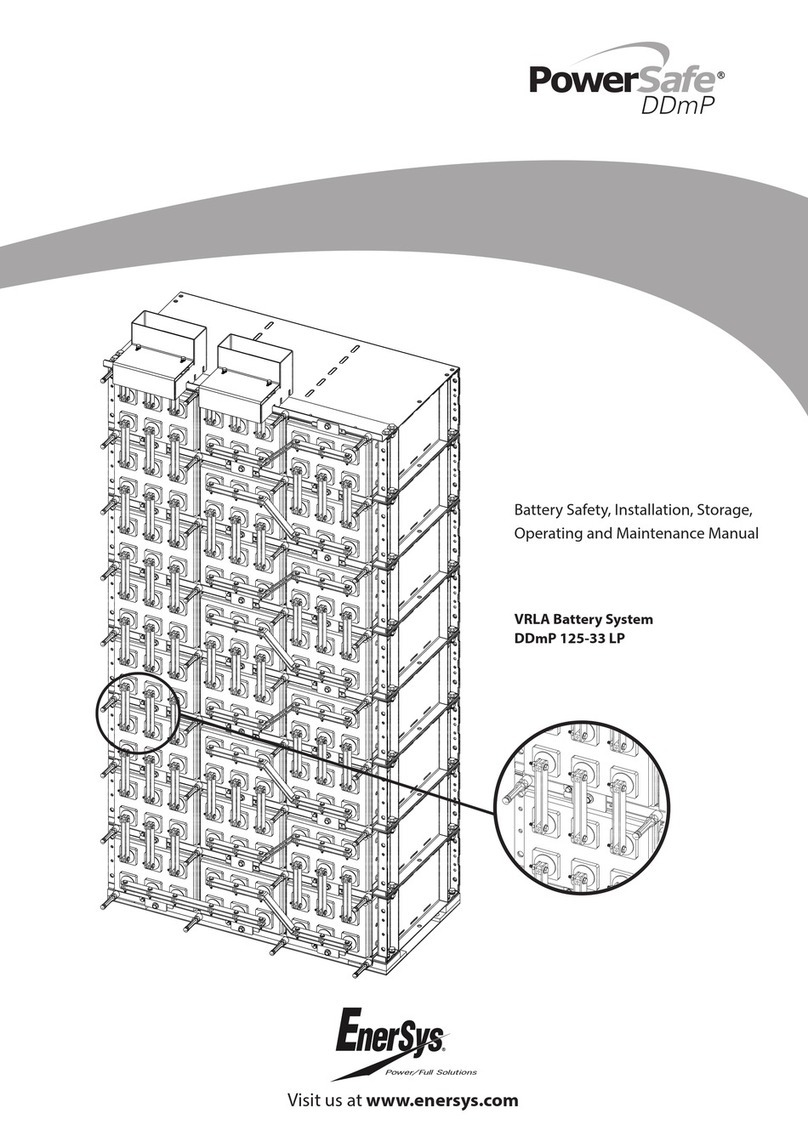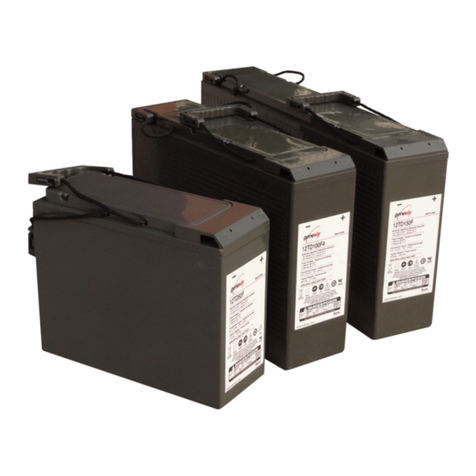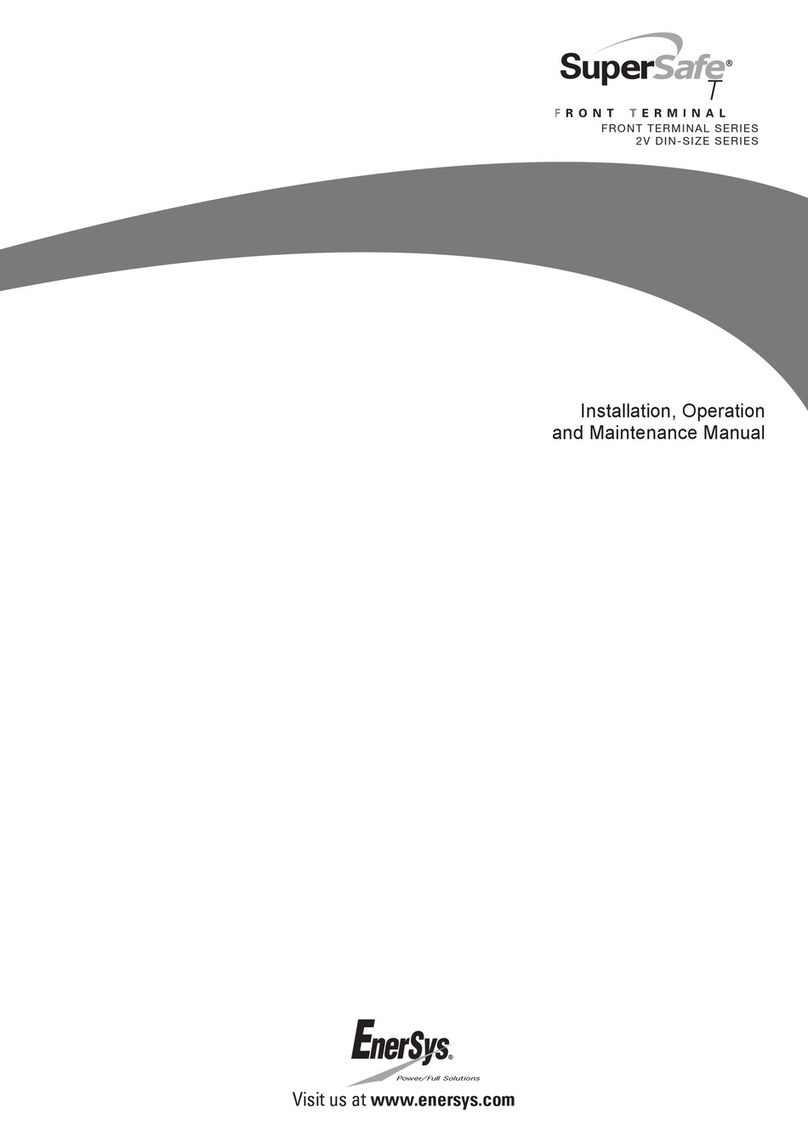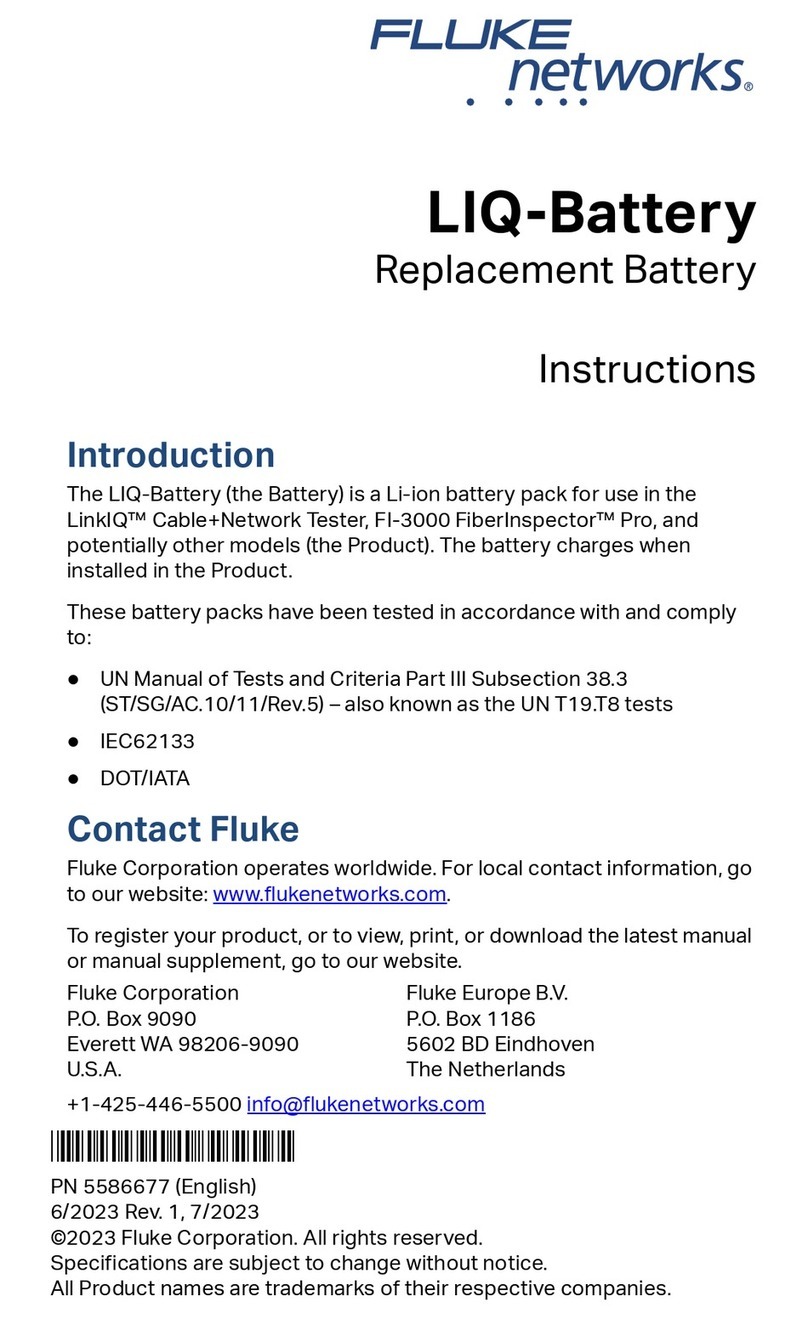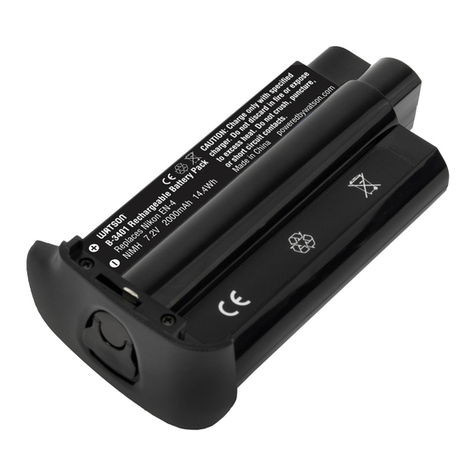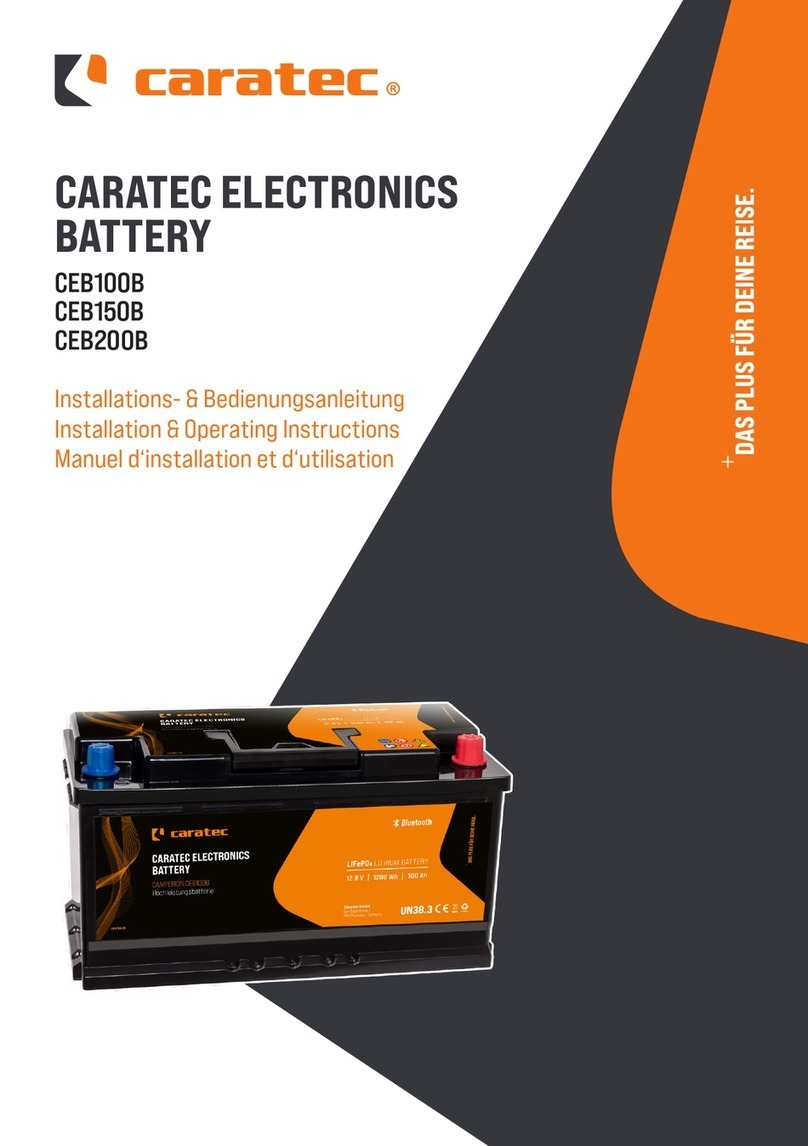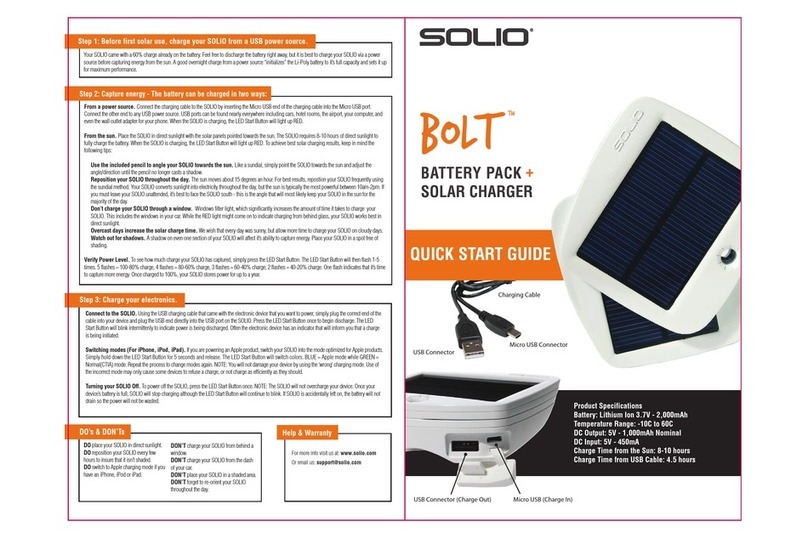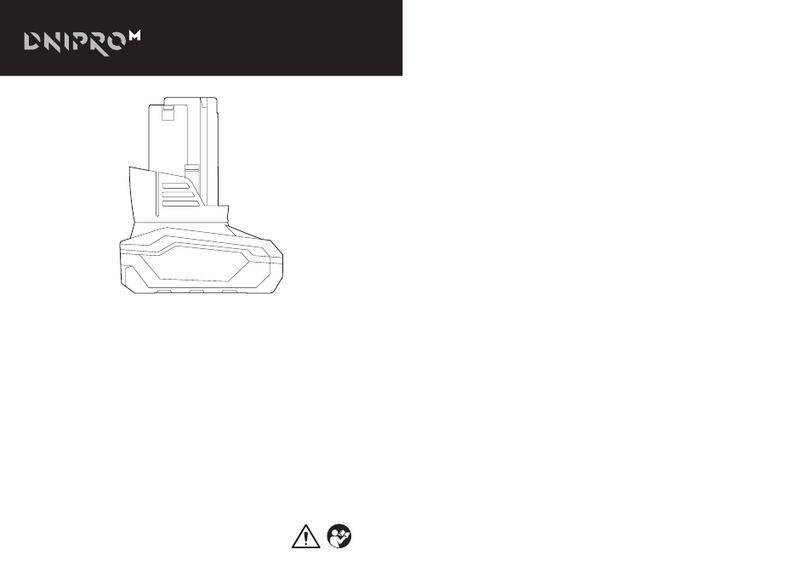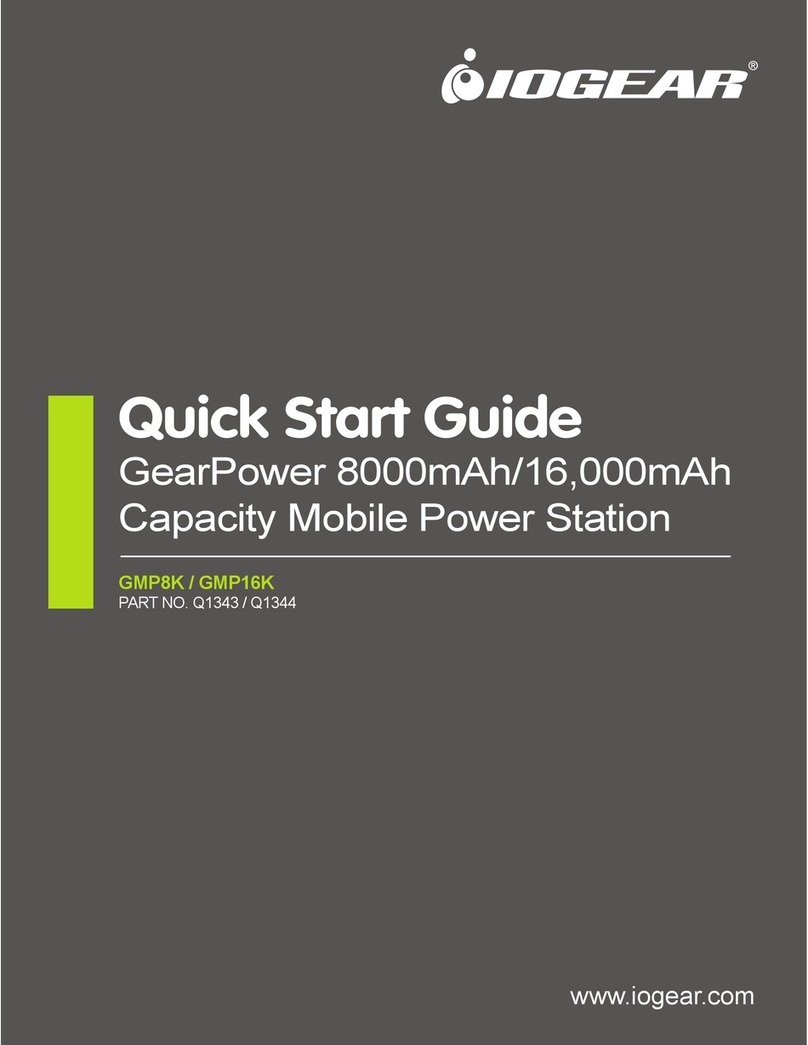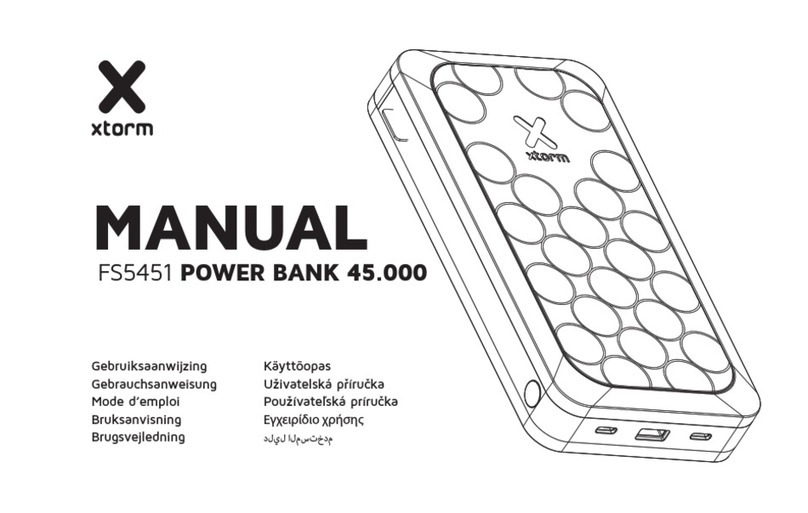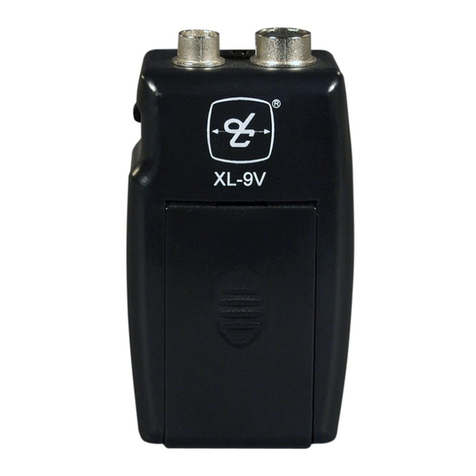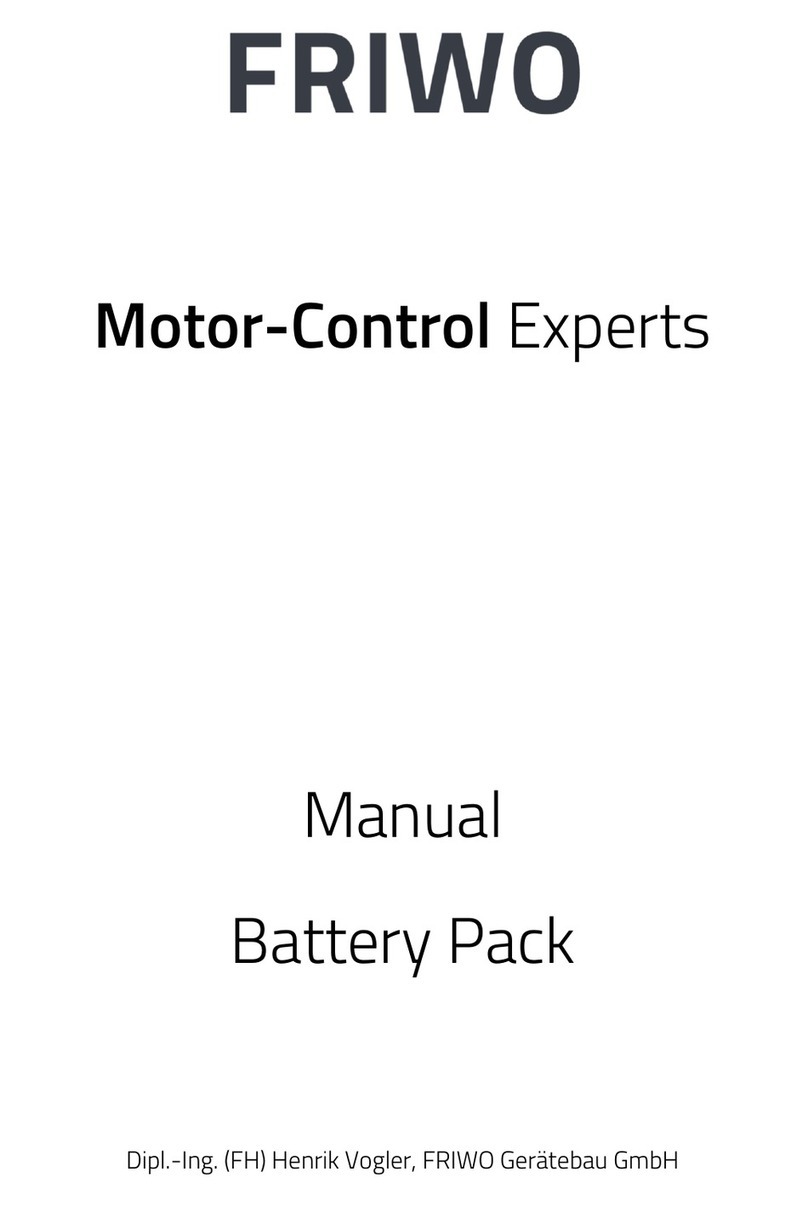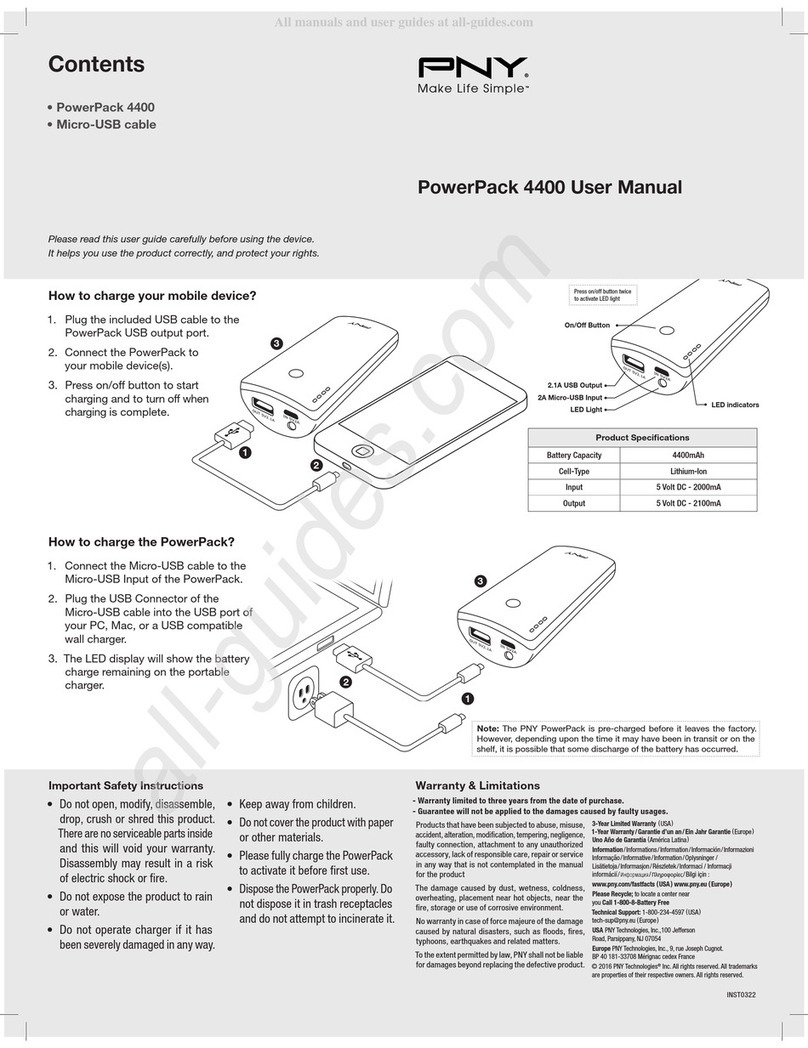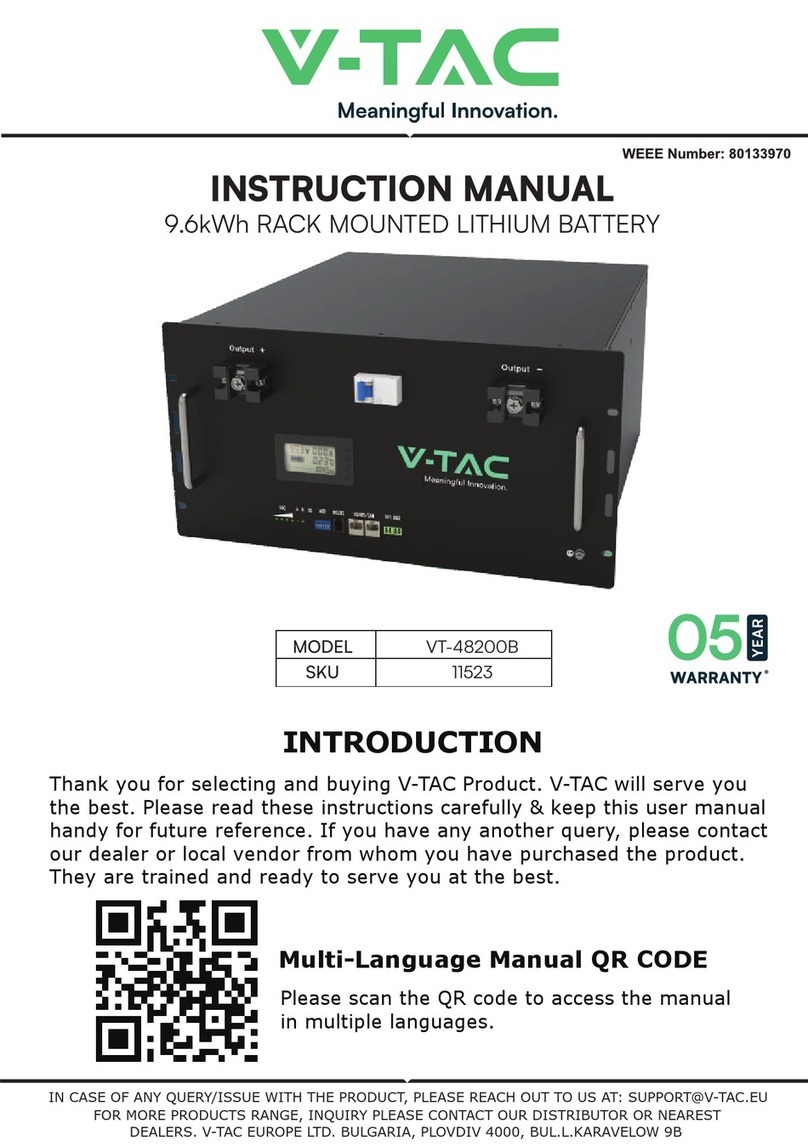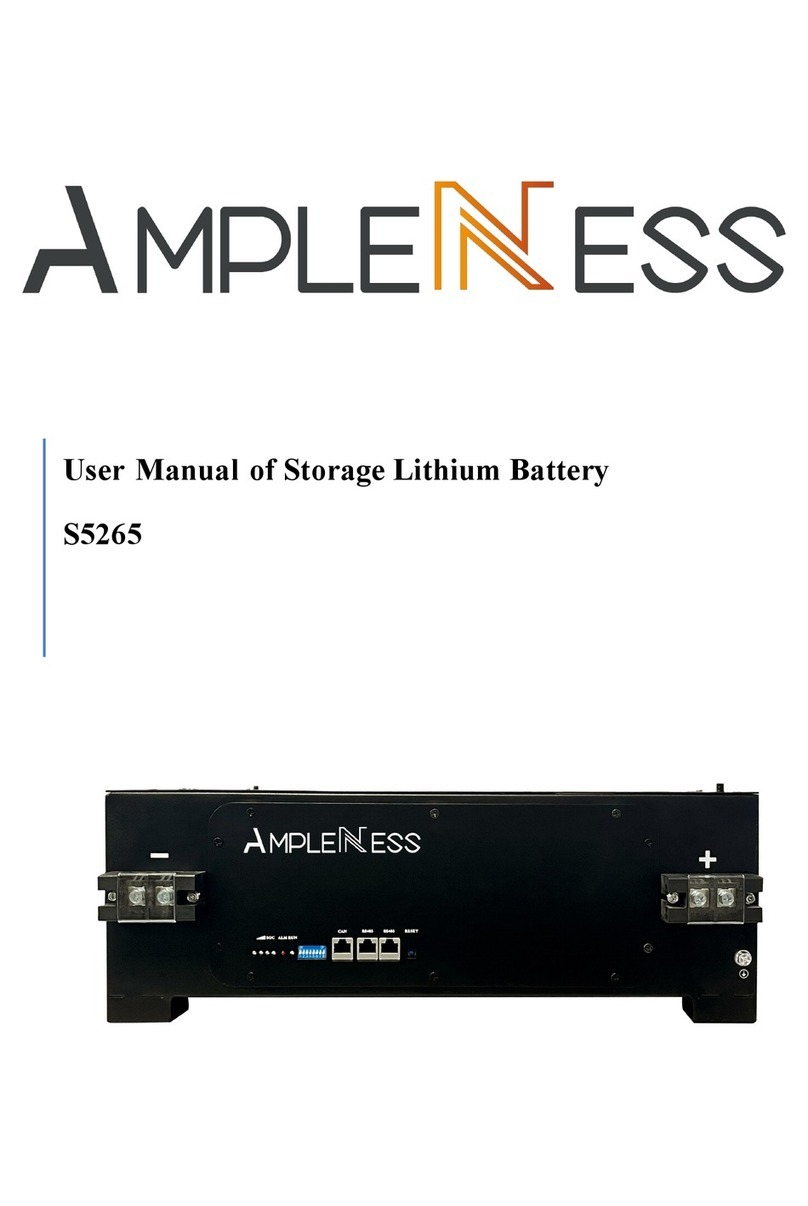
Quick Start Guide
IMPORTANT:
Not intended for use with
life support equipment.
Warranty
The warranty for this product can be downloaded from
https://www.outbackpower.com/resources/warranty/procedures
A copy is available by sending a self-addressed envelope to this address:
Contact Information
Mailing 3767 Alpha Way
Address: Bellingham, WA 98226 USA
Web Site: www.outbackpower.com
NOTE: Additional information on
this product is available at
www.outbackpower.com. For
screen navigation, operation, and
troubleshooting, see the SkyBox
Overview Guide. For programming
and applications, see the SkyBox
Programming Guide.
Date and Revision
February 2022, Revision C
Listings:
oUL1778 5th Edition, 6/13/2016
oUL1741 2nd Edition, 1/28/2010 with supplement SA
oCSA22.2, No. 107.1-01 Ed:3 (R2006)
Certifications:
oHECO Rule 14 SRD
oCalifornia Rule 21 SRD
oIEEE 1547-2003
oIEEE 1547.1-2005
System Grounding and Bonding:
In this product, the PV, AC, and battery circuits are
isolated from the enclosure. This product has been
evaluated, listed and identified by UL to meet the
requirements of 690.41 and 250.4(A) of the NEC.
oThe PV system ground reference and protection
is provided internal to the SkyBox, in accordance with
NFPA 70 690.41(A)(6).
oThe AC connections are not bonded to ground.
The usual location for a neutral-ground bond is
at the main AC service panel. Make sure to establish
a neutral-ground bond when installing
in an off-grid application.
oThe battery connection is not bonded to ground.
Make sure to establish a negative-ground bond for
each battery system. An 8½” AWG #4 green wire is
included with the hardware kit for this purpose.
Equipment grounding is required by Section 250 of the
National Electric Code (ANSI/NFPA 70) and Canadian
Electrical Code (C22.1).
Overcurrent Protection
oThe battery disconnect device in the BOS does not
provide overcurrent protection. The installer must
provide protection for the battery circuit according to
the following parameters.
Maximum 175 Adc
Minimum 10 kA AIC
oAC overcurrent protection is provided in the BOS.
Electrical Specifications
oMaximum continuous output: 5000 VA @ 45°C
oNominal input and output voltage: 120/240 Vac
oNominal frequency: 60 Hz
oMaximum continuous output current: 24 Aac
oMaximum grid input current: 48 Aac
oMaximum generator input current: 48 Aac
oMaximum PV source voltage: 600 Vdc
oOperating PV source voltage range: 200 to 600 Vdc
oMaximum PV input current: 20 Adc
oMaximum PV short-circuit current: 32 Adc
oMPPT range: 250 to 600 Vdc
oAUX output: 0.6 A @ 12 Vdc
oAUX relay: 10 A @ 240 Vac, 5 A @ 30 Vdc
oNominal battery voltage: 48 Vdc
oMaximum battery input current: 140 Adc
oBattery input voltage range: 42 to 60 Vdc
oCharging output voltage range: 42 to 60 Vdc
oMaximum battery charging current: 100 Adc
Supported Batteries
oLead-acid
oSpecific lithium-ion batteries; see hyperlink for list
Environmental Ratings:
oEnvironmental Category: Type 3R
oMaximum Altitude Rating: 10,000 feet
oMaximum Ambient Temperature: 60°C
Dimensions:
oHeight 47.2" (119.9 cm)
oWidth 21.0" (53.3 cm)
oDepth 9.4" (23.9 cm)
Weights:
oSkyBox: 87.7 lb (39.8 kg)
oBOS: 23.6 lb (10.7 kg)
oMounting Bracket: 4.6 lb (2.1 kg)
Mounting Bracket
Ensure the mounting surface is strong enough to handle
three times the unit weight. (See the Specifications section.)
Add plywood or other material as necessary to strengthen the surface.
ALocate this horizontal slat at about eye level for easier display viewing.
BDo not place the top of the mounting bracket more than 6' (183 cm) above
the floor. This ensures that the SkyBox can be easily lifted onto the bracket.
Mark the placement of the bracket according to Aand B, keeping in mind the
dimensions in the second drawing. These dimensions (see above*) show the SkyBox
overlap (beyond the bracket) as well as the vertical measurements with respect to A.
They also add the required minimum clearances of 6" (15.2 cm) to SkyBox top and sides.
(This clearance includes the requirements for SkyBoxes in parallel. See Commissioning.)
IMPORTANT:
No lower clearance is shown. In outdoor installations a 36" minimum clearance above the
ground or floor is required. The lower vertical measurement becomes 60.6” (153.9 cm) from A.
™ True Hybrid Energy System
Place the bracket so
that rails Cand Dare
flush with the surface.
Conduit Knockouts
(Underside of BOS)
SkyBox
BOS
(Balance of
System)
Left Right
1½" ¾” ¾” ¾” ¾” ¾” ¾”
6.0"
(15.2 cm)
Hole
spacing
B
A
16"
(40.5 cm)
Hole spacing
WARNING: Burn Hazard
The heat sink (at the top rear of the product) may
reach temperatures greater than 70°C. Install this
product so that casual contact does not occur.
WARNING: Fire/Explosion Hazard
Do not place combustible or flammable materials
within 12 feet (3.7 m) of the equipment. This unit
employs mechanical relays and is not ignition-
protected. Fumes or spills from flammable materials
could be ignited by sparks.
WARNING: Personal Injury
Use safe lifting techniques and standard safety
equipment when working with this equipment.
IMPORTANT:
This document is for use by qualified personnel familiar with photovoltaic
(PV) systems and maximum power point tracking (MPPT) technology as
well as basic inverter functionality. Users of this document should meet
all local and governmental code requirements for licensing and training
for the installation of electrical power systems with AC and DC voltage
up to 600 volts. This product is only serviceable by qualified personnel.
Clearance and access requirements may vary by location. A 36” (91.4 cm)
clear space in front of the system for access is recommended. Consult
local electric code to confirm clearance and access requirements for the
specific location. If this product is installed or used in a manner other than
specified, the protection it provides may be impaired.
Fuses are not to exceed maximum output rating.
When installed outdoors, use only UL514B-compliant wet location or
rain-tight conduit hubs for entry into the enclosure.
See Specifications for instructions on system grounding and bonding.
28.6"
(72.6 cm)
A
24.6"
(62.5 cm)
9.4"
(23.9 cm)
32" *
(81.3 cm)
C
D
This image does not
depict the SkyBox on
the bracket, but the air
envelope around the
whole installation
(including clearances).
Tools Needed:
o13 mm socket (torque) wrench
o#2 Phillips (torque) driver
oFlat blade (torque) driver
o6 mm Allen wrench
oDigital multimeter (DMM)
Included in Box:
oSkyBox literature
oBattery conductors
oGround bond conductor
oSkyBox labels
oRemote temperature sensor
oHardware kit
900-0195-01-00 REV C©2018 OutBack Power.
All Rights Reserved. Do not copy or distribute without permission.
Specifications
Trademarks and logos are the property of Alpha Technologies Services, Inc., EnerSys, and its affiliates
unless otherwise noted. Subject to revisions without prior notice. E. & O.E. UL® is the registered
trademark of UL LLC. IEEE® is the registered trademark of The Institute of Electrical and Electronics
Engineers, Inc. NFPA® is the registered trademark of National Fire Protection Association, Inc.
CAUTION:
To reduce the risk of fire, connect only to a circuit provided
with a 60 amperes maximum branch-circuit protection in
accordance with the National Electric Code, ANSI/NFPA 70.
!
NOTE:
The QR codes above
lead to the SkyBox
product page and a list
of lithium-ion batteries
specified for OutBack
Power products.
l l




